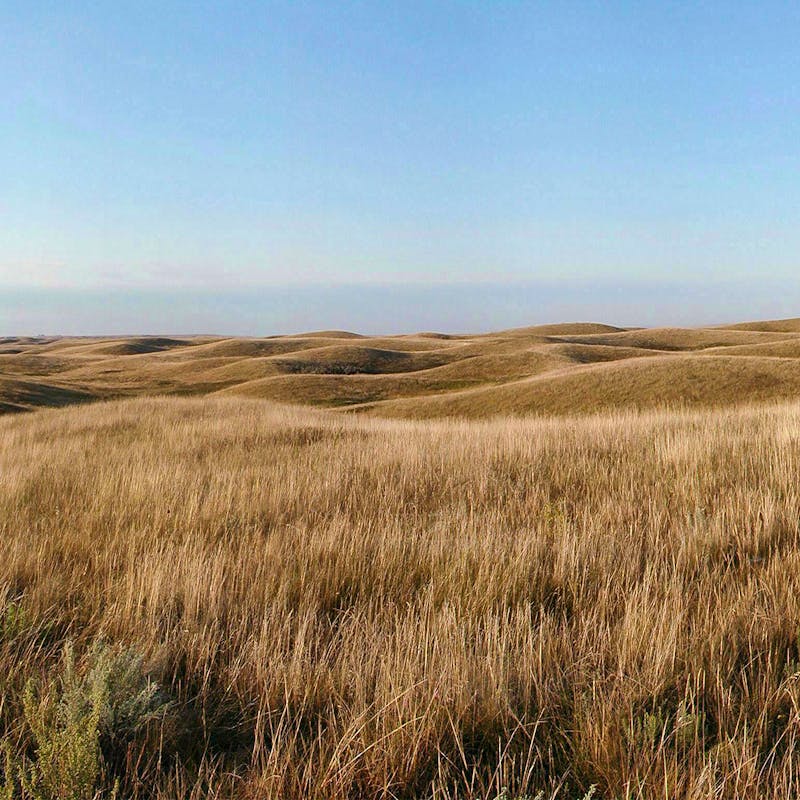Tweet“We commend the Interior Department for proposing to list the southern distinct population segments of lesser-prairie chicken as endangered but remain concerned that a threatened listing of the northern distinct population segment may not be enough to save it from extinction. The bird has suffered a catastrophic decline of more than 90% of its population. Only about 27,384 birds remain across the five-state region – less than 17% of its historic range – so time is of the essence to save the bird and its habitat. The Department now needs to move swiftly to give the bird the protection it direly needs throughout its range.”
Jason Rylander, senior ESA counsel, Defenders of Wildlife
The Interior Department announced today that the U.S. Fish and Wildlife Service (FWS) will propose the southern population of lesser prairie-chickens for listing as endangered and the northern population as threatened with a Section 4(d) rule that tailors protections for the species under the Endangered Species Act (ESA).
Defenders of Wildlife and other groups petitioned for the bird to be listed as endangered and later sued over inaction by the Trump administration. As a result, FWS had until May 26 to make a new listing proposal.
Jason Rylander, senior ESA counsel, Defenders of Wildlife, issued the following statement:
“We commend the Interior Department for proposing to list the southern distinct population segments of lesser-prairie chicken as endangered but remain concerned that a threatened listing of the northern distinct population segment may not be enough to save it from extinction. The bird has suffered a catastrophic decline of more than 90% of its population. Only about 27,384 birds remain across the five-state region – less than 17% of its historic range – so time is of the essence to save the bird and its habitat. The Department now needs to move swiftly to give the bird the protection it direly needs throughout its range.”
Background:
The lesser prairie-chicken is an iconic grassland bird that was listed under the Endangered Species Act (ESA) as threatened in 2014 but was stripped of this protection by a federal court in 2015, after the court ruled that FWS failed to adequately consider the benefits of a range-wide conservation plan prepared by the Western Association of Fish and Wildlife Agencies. A 2020 audit of that plan, however, shows that program managers mismanaged funds and failed to meet both financial and conservation objectives.
In fact, since the species lost its protected status, its habitat has continued to decline. A recent white paper produced by Defenders demonstrates the loss of 2,224 square kilometers of habitat for the bird. Continued loss and fragmentation of habitat could result in extinction of the species.
Defenders reviewed data from 2015 to the present to study the impacts of delisting the bird. They found that about 50,000 acres of habitat have been converted to new development such as oil and gas infrastructure while nearly 600,000 acres have been impacted by this growth. Because the birds tend to avoid large structures as a means of evading aerial predators, federal guidelines stipulate a 200-meter buffer around tall infrastructure. This buffer is often overlooked. Additionally, more than 832,000 acres of habitat have been converted to new agricultural uses since 2016. This data paints a dire picture of what is happening to the bird’s habitat—up to 6 percent habitat loss in some ecoregions in just five years.
For over 75 years, Defenders of Wildlife has remained dedicated to protecting all native animals and plants in their natural communities. With a nationwide network of nearly 2.1 million members and supporters, Defenders of Wildlife is a leading advocate for innovative solutions to safeguard our wildlife for generations to come. To learn more, please visit https://defenders.org/newsroom or follow us on X @Defenders.
Media Contact
News

Hundreds of Thousands of Americans Oppose Trump Administration Effort to Roll Back Protections for Imperiled Animals and Plant Species


